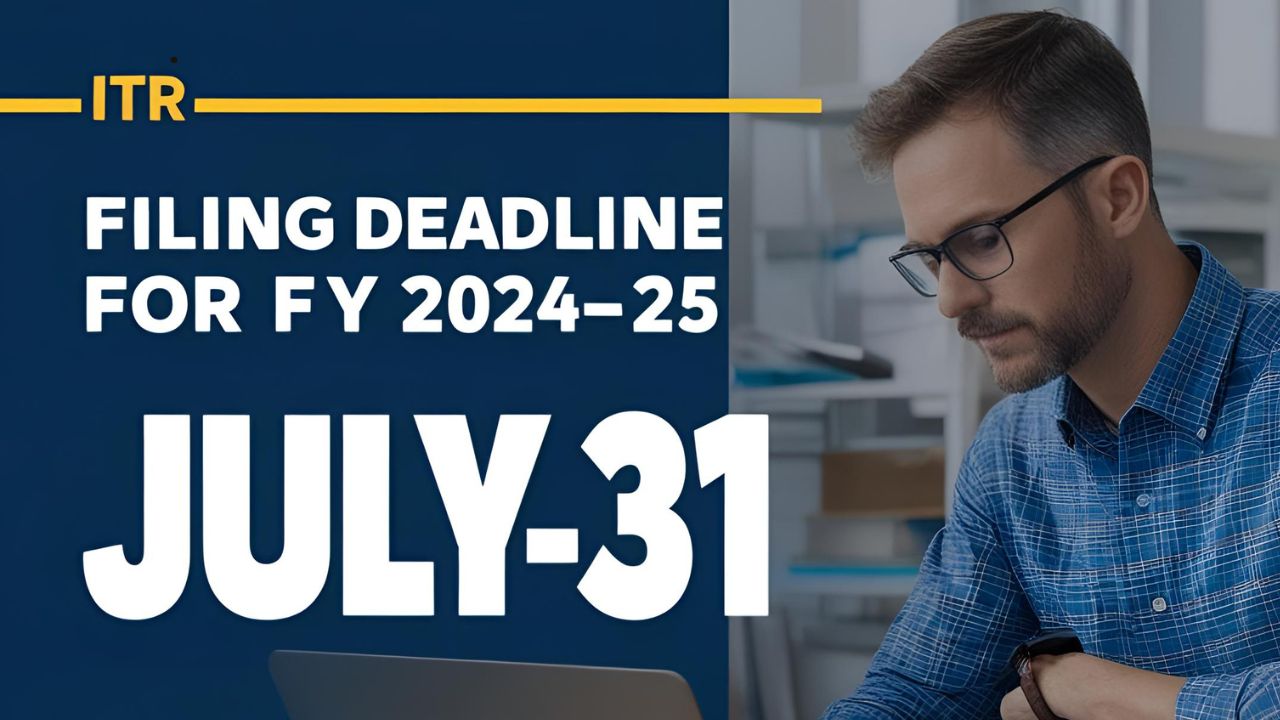Home equity often represents a substantial financial resource for homeowners, especially seniors and retirees. But what if you could access that cash without refinancing your Mortgage? The good news is that there are solutions to help you unlock your home equity without going through the complexities of refinancing.
This blog explores practical options for accessing cash from your home’s equity, detailed explanations of how these options work, and their benefits and risks. Whether you’re looking to fund a major expense, enhance your retirement income, or pay down debt, this guide will offer actionable insights tailored to your needs.
What is Home Equity?
Before exploring how to access cash from your home, it’s important to understand home equity. Home equity is the difference between the current market value of your home and what you still owe on your Mortgage. For instance, if your home is worth $400,000 and your outstanding Mortgage is $150,000, you have $250,000 in home equity.
Over time, your home equity can grow in two main ways:
- Paying Down Your Mortgage: Making consistent monthly mortgage payments directly reduces your loan balance over time, increasing your property equity. The more equity you build, the closer you are to owning your home outright, giving you greater financial security and potential borrowing power if needed.
- Appreciation in Home Value: Real estate values tend to rise over time due to market growth, inflation, and demand in your area. This means your property could become worth significantly more than what you initially paid. This increase in value boosts your equity and can provide an excellent return on investment if you decide to sell in the future.
Home equity is a valuable financial asset; fortunately, you don’t need to sell your home or refinance your Mortgage to tap into its worth.
How to Get Equity Out of Your Home Without Refinancing
If you’re wondering how to get equity out of your home without refinancing, here are the most common options available:
1. Home Equity Loan
A Home Equity Loan allows you to borrow a lump sum by leveraging the equity you’ve built in your home. Often referred to as a “second mortgage,” this loan is a popular choice for homeowners who need immediate access to significant funds for expenses such as medical bills, home renovations, educational costs, or debt consolidation. It provides a way to tap into one of your most valuable assets—your home—without selling it.
How It Works
- The loan is secured against your home, meaning your house serves as collateral. Essentially, this means that your lender has a claim on your home if you fail to make payments.
- You receive the entire loan amount upfront in a single lump sum, which can be particularly beneficial when you need a substantial amount immediately.
- The loan is repaid in fixed monthly payments over a predetermined period, often ranging from 5 to 15 years, though some loans may offer longer terms.
- Interest rates are typically fixed, ensuring your payments remain consistent and predictable throughout the life of the loan. This stability makes it easier to manage your financial planning.
Benefits
- Predictable repayment terms and fixed interest rates make it easier to budget for monthly payments. Unlike variable-rate loans, you won’t have to worry about fluctuating rates increasing your financial burden.
- You retain the terms of your existing Mortgage, which means you don’t need to refinance your primary home loan to access the funds.
- Home equity loans generally offer lower interest rates than other loans, such as personal loans or credit cards, because your home serves as collateral.
Risks
- Since your home is collateral for the loan, failing to repay it could put your home at risk of foreclosure, leading to significant financial and personal hardship.
- By taking out a home equity loan, you are increasing your overall debt load. It is important to ensure you can manage the additional monthly payments alongside your existing financial commitments.
- If the value of your home decreases, you may end up owing more than your home is worth, a situation referred to as being “underwater” on your loan.
A Home Equity Loan can be a powerful financial tool when used responsibly. Still, it’s essential to weigh the benefits against the risks and consider whether it aligns with your long-term financial goals. Consulting with a financial advisor can ensure this option best fits your situation.
2. HELOC (Home Equity Line of Credit)
A Home Equity Line of Credit (HELOC) is a flexible financing option that functions much like a credit card. It allows homeowners to borrow money repeatedly up to a predetermined limit based on their home equity. You only pay interest on the amount you withdraw, making it a convenient solution for those who need ongoing access to funds for various expenses, such as home renovations, medical bills, or even education costs.
How It Works
- Lenders determine your credit limit based on the equity you’ve built in your home, which is the difference between your home’s current market value and the remaining balance on your Mortgage.
- During the “draw period” (typically lasting 5–10 years), you can withdraw funds as needed, giving you the flexibility to access cash on demand.
- Once the draw period ends, the “repayment period” begins. During this period, you can no longer borrow additional funds and must pay back the balance, often with fixed monthly payments.
Benefits
- HELOCs offer great flexibility for accessing cash when needed, making them ideal for projects or expenses that require funding over time.
- You only pay interest on the amount you use, making it more cost-effective than lump-sum loans for those who don’t need all the funds at once.
- Interest rates on HELOCs are often lower than those on credit cards or personal loans as your home secures them.
Risks
- HELOCs typically come with variable interest rates, meaning your monthly payments can increase if rates rise. This could make budgeting more challenging over time.
- If the housing market declines, the value of your home could drop, leading your lender to reduce your credit limit or even freeze your line of credit.
- Defaulting on a HELOC could risk your home, as your property secures the loan.
A HELOC can be a powerful financial tool if used responsibly, but it’s important to weigh the benefits and risks carefully to determine the right option for your needs.
3. Reverse Mortgage
A Reverse Mortgage is a financial product specifically designed for homeowners aged 62 and older. It provides a unique way to tap into your home equity and convert it into cash. This can be a valuable source of financial stability during retirement, particularly for those seeking additional income to cover expenses or enjoy their golden years. Unlike traditional loans, a reverse mortgage doesn’t require monthly repayments. Instead, repayment is deferred until you sell the home, move out, or pass away, making it a more flexible option for retirees.
How It Works
- Most reverse mortgages are offered as Home Equity Conversion Mortgages (HECMs), which are insured by the Federal Housing Administration (FHA).
- Depending on your preferences, the lender can pay you in several ways: a lump sum, fixed monthly payments, a line of credit, or a combination of these options.
- The amount you can borrow depends on factors such as your age, current interest rates, and the appraised value of your home.
Benefits
- Eliminates the need for monthly mortgage payments, providing financial relief.
- Offers retirees an additional source of income to help cover medical bills, living expenses, or leisure activities.
- It allows you to remain in your home while accessing its equity, preserving your comfort and stability.
Risks
- Reverse mortgages can come with high upfront costs, including loan origination fees, mortgage insurance premiums, and mandatory counseling fees, which can reduce the overall value received.
- Over time, the loan balance increases due to accrued interest, meaning your heirs may inherit less home equity. Sometimes, they may need to sell the home to repay the loan.
- It’s important to understand that failure to meet certain obligations, such as paying property taxes, homeowner’s insurance, and maintaining the home, could result in foreclosure.
A reverse mortgage can be a helpful option for those seeking financial flexibility in retirement, but it’s crucial to weigh the benefits and risks carefully to determine if they align with your long-term goals. Before making a decision, consult with a trusted financial advisor.
Pro Tip: For more details on reverse mortgages and eligibility, visit resources available through HUD’s HECM program site.
Benefits and Risks of Accessing Your Home Equity
When considering tapping into your home’s equity, weighing both sides is crucial.
Benefits
- Easy Access to Cash: Unlocking your home equity doesn’t require selling your property or relocating, making it a convenient option for homeowners who need funds for renovations, education, or other major expenses. You can tap into the value of your home while still living in it.
- Flexible Options: Home equity products come in various forms, such as loans, lines of credit, or mortgages. Each option has unique benefits to suit different financial needs. For instance, a home equity loan provides a lump sum, while a line of credit offers flexibility to borrow as needed.
- Lower Interest Rates: Since home equity products are secured loans backed by your property, they often have much lower interest rates than unsecured options like credit cards or personal loans. This can lead to significant savings over time and make repayment more manageable.
Risks
- Debt Obligations: Borrowing against your home means taking on additional debt. While it can offer financial relief in the short term, it’s important to ensure that repayment fits comfortably within your budget to avoid financial strain. Mismanaging this debt could lead to difficulties in meeting other expenses.
- Risk of Foreclosure: Since your home is used as collateral, defaulting on payments can result in foreclosure, putting your property at risk. It’s crucial to fully assess your financial situation and have a clear plan for repayment before taking on this type of debt.
When to Consider Home Equity Options
Choosing the right home equity option depends on your financial goals and situation. Here’s how to decide:
- HELOC (Home Equity Line of Credit): Best for ongoing expenses like home improvements or medical bills. It works like a credit card secured by your home, allowing you to borrow as needed and pay back flexibly.
- Reverse Mortgage: This is ideal for retirees who want to supplement their income without selling their homes. It provides monthly payments or a lump sum, but be aware of fees and the impact on inheritance.
- Home Equity Loans are great for consolidating high-interest debt or funding large one-time expenses. They offer a fixed lump sum with predictable monthly payments, making budgeting easier.
Understanding these options can help you leverage your home equity wisely while meeting your financial needs. Always compare terms and consult a financial advisor before making a decision.
Insights from Financial Experts
We contacted financial advisors to get their thoughts on leveraging home equity. Here’s what they had to say:
“Accessing your home equity without refinancing can be a game-changer, especially for retirees. However, always ensure you’re working with a trusted lender and understand the terms before committing,” advises Susan Martinez, a financial planner specializing in retirement strategies.
“Consider your long-term financial goals. Borrowing against your home could impact future plans, so measure the benefits against the potential risks,” says David Lang, a mortgage consultant at Equity Solutions.
Take Control of Your Home Equity
Your home is more than just a place to live—it’s also a financial asset that can support your goals. Whether you choose a home equity loan, HELOC, or reverse Mortgage, the key is to evaluate your options carefully and select the one that aligns with your financial situation.
For further personalized assistance, consult a financial expert or mortgage advisor who can guide you through decision-making. And remember, always read the fine print!
Looking to get started? Learn more about your options and current home refinancing rates to ensure you make the best decision.
Comparison of Home Financing Options
| Financing Option | Key Features | Benefits | Considerations |
|---|---|---|---|
| Home Equity Loan | Lump sum loan using home equity | Fixed interest rates; predictable payments | May involve high closing costs |
| HELOC (Home Equity Line of Credit) | Revolving credit line using home equity | Flexibility in borrowing and repayment | Variable interest rates; payment fluctuations |
| Reverse Mortgage | Converts home equity into cash | No monthly mortgage payments; supports retirees | Reduced home equity for heirs; fees may be high |
This table provides a snapshot of the main aspects of each home financing option, helping you make an informed decision based on your needs and priorities.
FAQs
Q1. Can I get cash out of my house without refinancing?
Ans. Yes, you can access the equity in your home without refinancing through a home equity loan, HELOC, or other forms of borrowing, such as a reverse mortgage.
Q2. Can you borrow against your house if you have no mortgage?
Ans. Absolutely. If your house is fully paid off, you can use the equity in your home to borrow funds through a home equity loan or HELOC.
Q3. Can you borrow money from a house you own?
Ans. Owning a home with equity provides borrowing opportunities through financial products like home equity loans, HELOCs, or cash-out refinancing.
Q4. How much cash can I borrow against my house?
Ans. The amount you can borrow typically depends on your home’s equity, with most lenders offering up to 80-85% of your home’s value minus any existing mortgage balance.
Q5. How much cash can you legally have in your house?
Ans. There’s no federal limit on how much cash you can keep in your home if the money is obtained legally.
Q6. How much can I borrow against my home value?
Ans. Most lenders allow you to borrow up to 80-85% of the home’s fair market value minus any outstanding mortgage balance.
Q7. What is the monthly payment on a $50,000 HELOC?
Ans. Monthly payments depend on the interest rate and repayment terms. With a 6% interest rate, the monthly payment for interest-only payments during the draw period could be around $250.
Q8. How much does a $100,000 home equity loan cost?
Ans. The total cost of a $100,000 home equity loan depends on interest rates, fees, and loan terms. Monthly payments can range from $500 to $1,000, depending on the annual percentage rate (APR) and repayment period.
Q9. What is the minimum credit score for a HELOC?
Ans. Most lenders require a minimum credit score of 620 for a HELOC, although some may require higher scores for better terms.
Q10. Do you need an appraisal for a HELOC?
Ans. Yes, in most cases, an appraisal is required to determine the current market value of your home and assess the amount of equity available.
Q11. Why would a home equity loan be denied?
Ans. A home equity loan can be denied for a low credit score, insufficient income, high debt-to-income ratio, or inadequate home equity.
Q12. How much income do I need for a HELOC?
Ans. Income requirements vary by lender, but your debt-to-income ratio should generally not exceed 43-50% for HELOC approval.
Q13. Is it difficult to get approved for a HELOC?
Ans. Approval for a HELOC depends on several factors, including your credit score, equity in your home, income, and debt-to-income ratio. With strong finances, approval is typically straightforward.
Q14. What is the minimum monthly payment on a HELOC?
Ans. The minimum monthly payment is usually an interest-only amount during the draw period. For example, with 6% interest on a $50,000 HELOC, the payment might be around $250.
Q15. What is the difference between a HELOC and a home equity loan?
Ans. A HELOC is a revolving credit line allowing you to withdraw funds as needed, while a home equity loan is a lump-sum loan with fixed payments over time.
You may read this: How to Become a Real Estate Agent in the USA
















1 thought on “How to Get Cash from Your Home Without Refinancing Your Mortgage ”